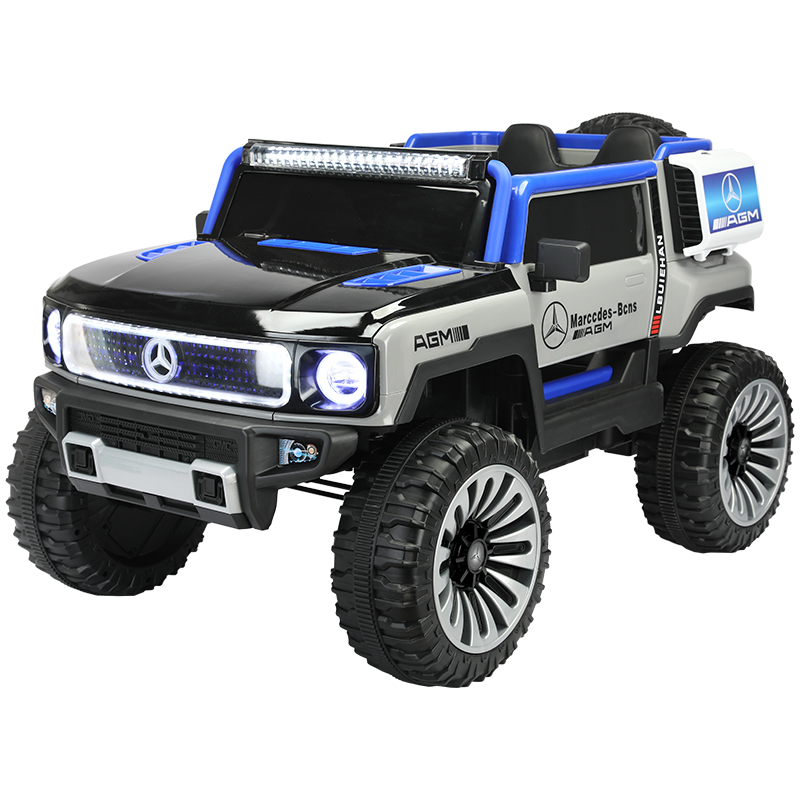Electric Balance Scooter Hoverboard | Ultimate Riding Experience
The Rise of Electric Balance Scooters and Hoverboards
In the last decade, electric balance scooters and hoverboards have gained immense popularity as a new mode of personal transportation
. Often seen gliding along city streets, parks, and campuses, these devices represent a significant shift in how we think about mobility, recreation, and commuting.Electric balance scooters, sometimes referred to as self-balancing scooters, rely on gyroscopic sensors and accelerometers to maintain balance. Riders control their movements by leaning forward or backward, which makes for an intuitive and engaging experience. Hoverboards, while technically similar, can often be distinguished by their sturdy, wider platforms, making them a favored choice for beginners and those looking for a bit more stability.
One of the primary advantages of electric balance scooters and hoverboards is their environmental impact. With growing concerns over climate change and urban pollution, these electric devices offer a cleaner alternative to gasoline-powered vehicles. They operate on rechargeable batteries, producing zero tailpipe emissions. This feature makes them an appealing option for environmentally conscious consumers who seek to reduce their carbon footprint while maintaining a mobile lifestyle.
Another significant benefit is their convenience and efficiency in urban settings. As cities become increasingly congested, traditional modes of transportation can lead to long commutes and frustration. Electric balance scooters and hoverboards provide a solution, allowing individuals to navigate through traffic quickly and easily. They are compact and lightweight, making them easy to carry or stow away, whether at home, in the office, or on public transport.
electric balance scooter hoverboard

Moreover, these devices offer an exciting way to incorporate physical activity into one’s daily routine. Riding a hoverboard or an electric scooter engages core muscles and improves balance, contributing to better overall fitness. Although they can be classified as recreational gadgets, many people have found ways to integrate them into their commute, marrying fun with functionality.
Safety, however, remains a pivotal concern. Despite their popularity, accidents and injuries associated with electric balance scooters and hoverboards have been reported frequently. It is crucial for riders to be aware of their surroundings, wear protective gear such as helmets and knee pads, and adhere to local laws governing their use. Additionally, manufacturers are continually improving safety features, including better braking systems, more reliable batteries, and enhanced stability controls.
As technology advances, the future of electric balance scooters and hoverboards looks promising. Innovations such as larger battery capacities, faster charging times, and improved durability are expected to enhance the user experience. Additionally, integration with smart technology may offer riders features such as GPS tracking, speed restrictions, and diagnostic alerts on device health.
In conclusion, electric balance scooters and hoverboards symbolize a transformative leap in personal transportation. They blend fun and functionality while promoting a sustainable approach to mobility. As they continue to evolve, it will be fascinating to observe how these devices shape urban landscapes and influence commuting behaviors in the years to come. Whether used for leisure, transport, or fitness, they stand as a testament to the innovative spirit of modern mobility solutions.
-
Children's Tricycle: Enlarged Seat, Sunshade & Safety Push BarNewsAug.31,2025
-
Sports Kids Bike: High Carbon Steel Argon Arc Welded Frame | Beautiful GiftNewsAug.30,2025
-
Ultimate 24V Children's Car: Power, Fun & Safety for KidsNewsAug.29,2025
-
Children's Electric Car Ride Ons: 2-Seater, Bumper & Audi ModelsNewsAug.28,2025
-
Understanding Voltage in Battery for Children's Motorized CarNewsJun.05,2025
-
Safety Features to Look for in an Electric Car for KidsNewsJun.05,2025
